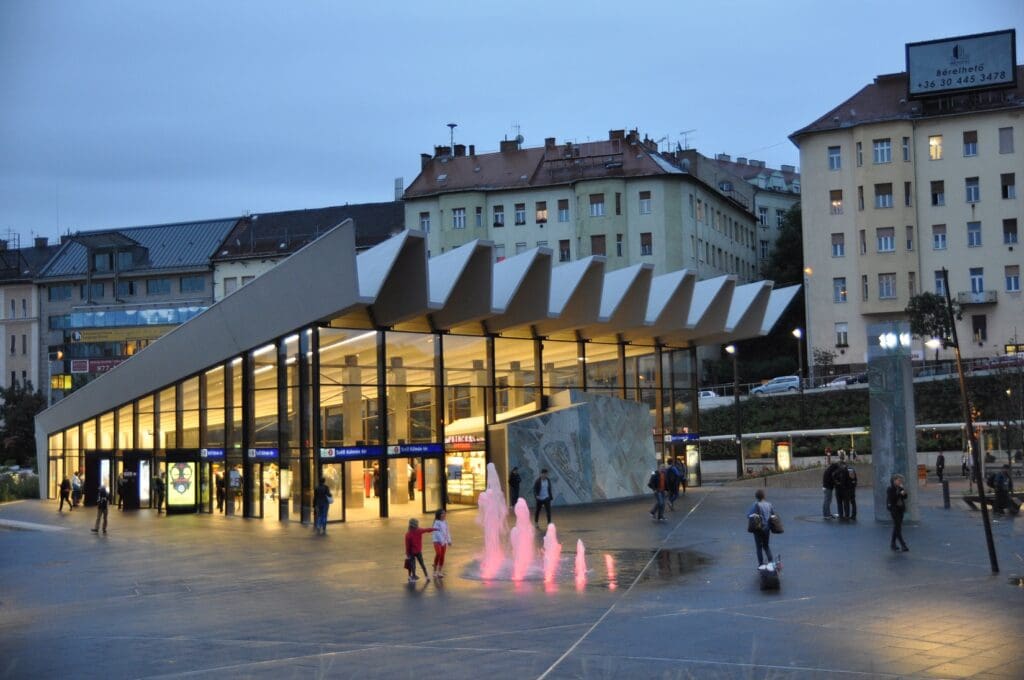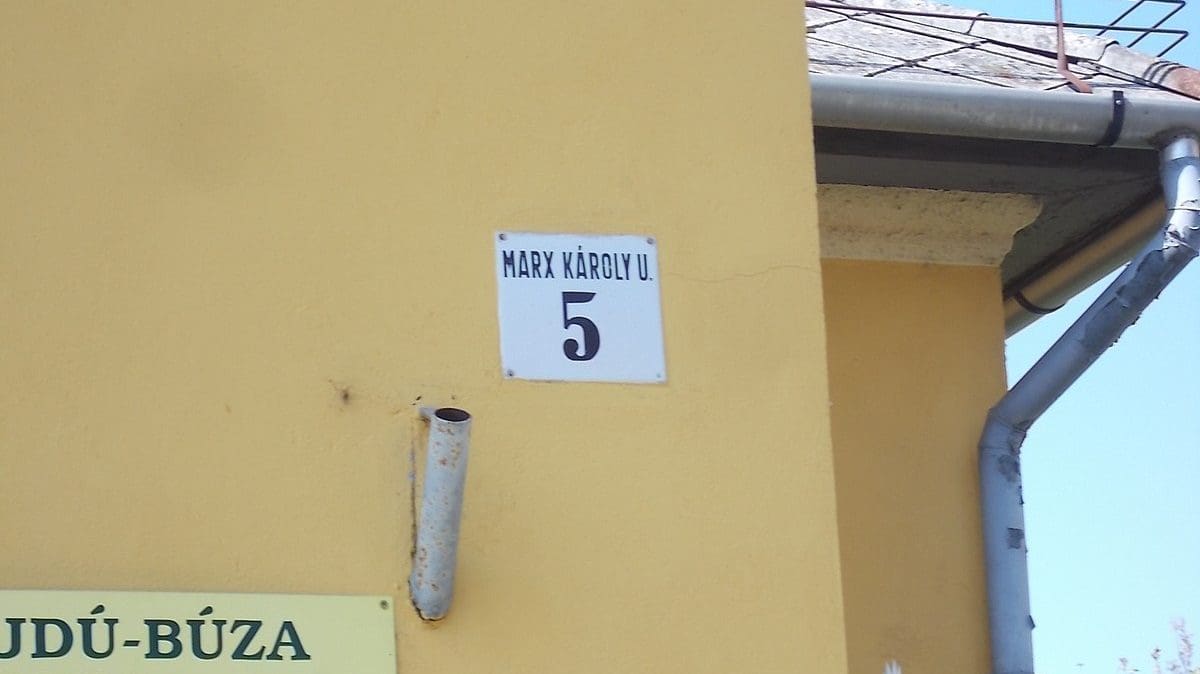The legislation that prohibits public places from being named after people involved in 20th-century totalitarian regimes was introduced in Hungary over 10 years ago. Nevertheless, there is still a slew of streets, squares, and other public spaces named after some of the questionable figures of the 20th century—mostly people who were involved in the Hungarian state socialist dictatorship, in the honour of whom many streets were named before 1989.
Albeit the very purpose of naming a place after a person is to glorify them, this is not the reason why these street names were preserved—they were simply untouched after the fall of the Berlin Wall because their existence was forgotten.
According to a list comprised in 2019, there are 698 public places named after people involved in totalitarian regimes in Hungary.
The Community of Hungarian Patriots who made the list sent an official complaint to all the regional municipalities where they found public places named after state socialist ‘heroes’. Despite the request to comply with the country’s anti-communist legislation and rename these places, some still have retained their original names. The most extreme example of a ‘surviving’ communist street can be found in Kisbágyon, Nógrád County, where a street is called Lenin Street, as the Hungarian political magazine Mandiner pointed out.
These street names do occasionally lead to public outrage.
In 2017, Fegyvernek (a 6,500-strong town in Jász-Nagykun-Szolnok County) made it into the news as the town had both a Marx and an Engels Street. The mayor of the small settlement justified not changing the streets’ names by the excessive paperwork it would require to do so. About four years before the scandal, Fegyvernek already made an attempt to shake off its state socialist legacy and renamed 12 public places—places named after Marx, Engels, and Zoltán Schönherz (leader and martyr of the Hungarian workers’ movement) still retained their names, however. As part of the 2013 wave of renaming streets, for instance, Red Star Street was renamed after the famed Hungarian statesman Ferenc Deák, and the street named after the Red Army took on the name of Wendelin of Trier.

According to the list comprised by the Community of Hungarian Patriots, Bács-Kiskun county was the leader in questionable public place names. In this South Hungarian county, a total of 109 locations named after people involved in the introduction and maintenance of 20th-century totalitarian regimes were counted. Szabolcs-Szatmár-Bereg country had the second most inadequate street labels; there, 60 such cases were reported by the Community. In 2019 in Budapest, the organization counted 35 places, while Zala and Tolna counties had the least number of disputed street names, only seven and five, respectively.
Some of the listed names are less problematic (such as the ones named after Gagarin). However, there are four public places included in the tally named after Béla Kun (leader of the Hungarian Soviet Republic after World War I; Kun was also involved in the so-called ‘red terror’ that led to the murder of many innocent people), 24 after Karl Marx, and four after Friedrich Engels.
The anti-communist website also made available the new names of the public places in case they were recently changed.
Some modifications are rather creative—in Bács-Kiskun county, the street named after Imre Mező, a Communist politician who was killed fighting against the 1956 revolutionaries who rebelled for Hungary’s freedom and sovereignty, was renamed to Mező street, which means ‘Field street’ in Hungarian. This small but creative edit, that entirely changed the meaning and social-historical context of the locality, also shows
the tension between the excess administrative burden involved in changing the names of these streets and the need to cleanse Hungary’s history from totalitarian narratives.
Such small but meaningful alterations also enable people living in the street to better adapt to the changes —while it is difficult to get used to radical novelties (for instance, even years after renaming Budapest’s Moscow Square to Széll Kálmán Square, people still often call it by its old name), people can get used to such small changes easily.
Most likely similar considerations led to the renaming of Ferenc Erdei Street (a Communist politician who was a minister under the totalitarian and lawless Rákosi years) to Erdei Street (Forest Street). In Bács-Kiskun County, the town of Kecel made a similarly creative change. It, on the one hand, erased the connections to the Communist past, but, on the other hand, did not burden residents with having to remember a radically new name. István Dobi Street (named after a high-ranking Communist politician and long-time President of the Hungarian Council of Ministers) was renamed to Dobó Street, after a true Hungarian hero, István Dobó, who made an unforgettable contribution to Hungarian history by defending the fortress of Eger against the Ottoman invasion in 1552.
Right after 1989, the names of public places and memorials went through a series of rapid changes. Most places dedicated to totalitarian regimes were eliminated—but not all of them. Since the 1990s, the replacement of these old names which still reflect the country’s totalitarian past has been happening slowly. Despite that, hopefully, Hungary will gradually rid itself of all signs of having glorified totalitarianism and the people who maintained it.
Related articles:








